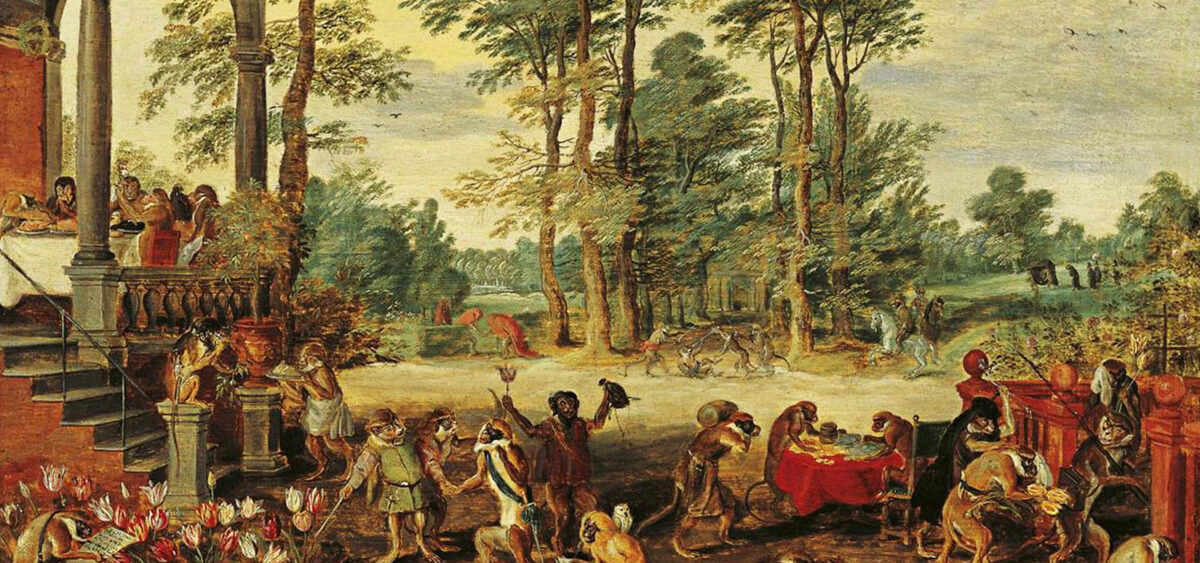
The tulip fever that swept the Netherlands in the 17th century is a textbook example of a speculative bubble. Merchants did invest colossal money in flower bulbs, but was the madness really as widespread as some sources would have us believe?
“The Pope no longer thanks us for the flowers,” reported the Dutch media despondently in 2019. The headline was somewhat exaggerated because, in fact, Francis had nothing to thank the Dutch for. The journalists could have more accurately written: “We, the Dutch, no longer send the Pope flowers.” This was a tradition dating back to 1985, when during the beatification ceremony of the Dutch priest Titus Brandsma in Rome, his compatriots prepared a special floral composition. The gesture was repeated every year at Easter – usually arranged with yellow and white flowers. Over the years, the custom developed to such an extent that it took as many as 25 florists to oversee the final shape of the Easter composition over a course of two days, year after year.
In 1985, John Paul II found the flowers particularly to his liking, and a year later, as part of the Easter Urbi et Orbi, he greeted the faithful in Dutch, saying: “Thanks for the flowers!” The phrase Bedankt voor de bloemen! permanently entered Dutch colloquial speech. The tradition of giving thanks was upheld also by Benedict XVI, until it fell to Pope Francis to set a precedent by uttering the ominous Grazie per i fiori!, thus breaking with the long tradition of giving thanks in the language of Rubens and Rembrandt.
Officially, the Dutch were not offended – although the entire affair was extensively covered by the media there. The tradition of delivering Dutch flowers to the Vatican was finally stopped in 2019, after more than 30 years. Apparently for austerity reasons, but who can be sure?
It does not change the fact that the Netherlands is all about flowers. We are familiar with Vincent van Gogh’s sunflowers and the floral paintings by Jan Pieter Brueghel. Fewer realize, though, that flowers were a little-known passion of Piet Mondrian. The painter – whom history knows rather as a precursor of abstractionism, neoplasticism, and an advocate of art as far removed from reality as possible – was also the author of 150 realistic paintings depicting flowers. Here a gladiolus, there an amaryllis, but Mondrian also happened on a sunflower! Apparently,








